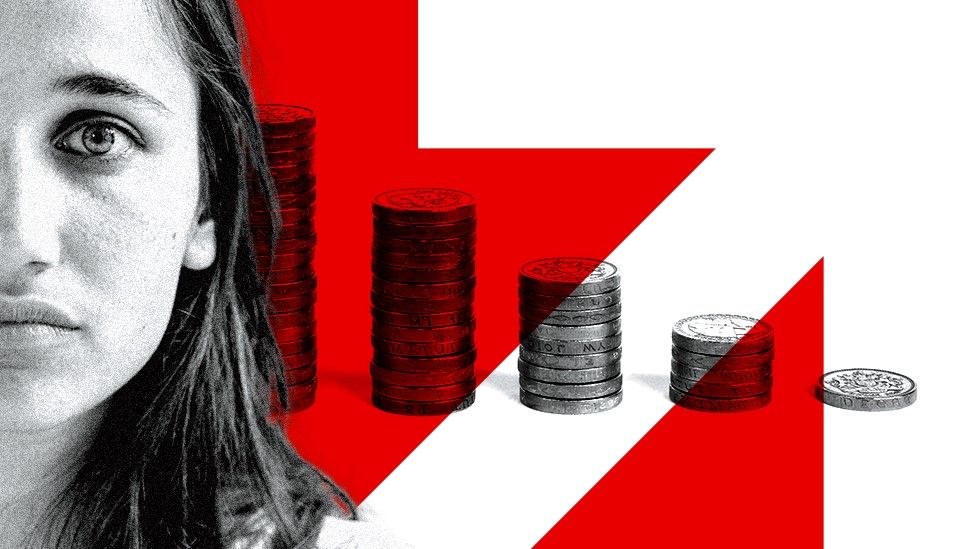Britain's economy is predicted to shrink in 2023 but is not expected to fall into recession.

The economy is expected to shrink by 0.2% in 2023, but the UK will avoid going into recession, according to the Office for Budget Responsibility (OBR).
However, the government's independent forecaster warned that once rising prices were taken into account, household incomes would drop by 6% in 2023 and 2024 .
This would be the largest two-year fall in living standards since the 1950s.
In normal times, a country's economy grows.
People's incomes tend to rise as the value of the goods and services the country produces - its Gross Domestic Product (GDP) - increases.
But sometimes the level of GDP falls, and that's a sign that the economy is doing badly.
A recession is usually defined as when GDP falls for two three-month periods - or quarters - in a row.
The last time the UK's economy went into recession was in 2020 , at the height of the coronavirus pandemic.
The UK avoided falling into recession at the end of 2022 after the economy performed better than expected.
The economy continued to grow in the first two quarters of 2023.
According to the official statistics, it increased by 0.2% between April and June. That was slightly higher than predicted.
However, the monthly figure for July suggests the economy actually shrank by 0.5%, which is worse than expected.
The OBR said in March thatit expected the UK economy to shrink by 0.2% in 2023 , but was not predicting falls in two successive three-month periods, meaning, technically, the country would avoid recession.
It then thinks the economy will grow by:
The next OBR forecast is expected at the same time as the Budget Statement which is usually in late November.
Despite avoiding a recession, the UK economy is lagging behind all the other G7 countries , apart from Germany.
The International Monetary Fund (IMF) has also warned about the health of the UK economy.
In January it said it expected the UK to be the only major economy to shrink in 2023 .
It predicted the UK would perform worse than other advanced economies, including Russia, as the cost of living continued to hit households.
The organisation blamed high energy prices, rising mortgage costs and increased taxes, and persistent worker shortages.
For most people, economic growth is good.
It usually means there are more jobs, companies are more profitable and can pay employees and shareholders more.
The higher wages and larger profits seen in a growing economy also generate additional money for the government in taxes.
It can choose to spend more on benefits, public services and government workers' wages, or cut taxes.
When the economy shrinks, these things can go into reverse - but governments normally still have a choice on public spending.
Some people might lose their jobs, and unemployment could rise. Graduates and school leavers could find it harder to get their first job.
Others may find it harder to be promoted, or to get big enough pay rises to keep pace with price increases.
However, the pain of a recession is typically not felt equally across society, and inequality can increase.
Benefit recipients and those on fixed incomes are particularly likely to struggle.
When the economy is struggling to grow at the same time as there is high inflation, there can be a situation called "stagflation", which is very difficult to solve.
When a country is in a recession, the Bank of England - which is independent of government - would usually cut interest rates.
This makes it cheaper for businesses and households to borrow money which can boost spending and growth.
However, prices have been rising very quickly in the UK , and the Bank has chosen to increase interest rates to tackle that.
The recession in 2020 only lasted for six months, although the 20.4% reduction in the UK economy between April and June that year was the largest on record.
The previous recession started in 2008 due to the global financial crisis, and went on for five quarters.
-
1.8% in 2024
-
2.5% in 2025
-
2.1% in 2026